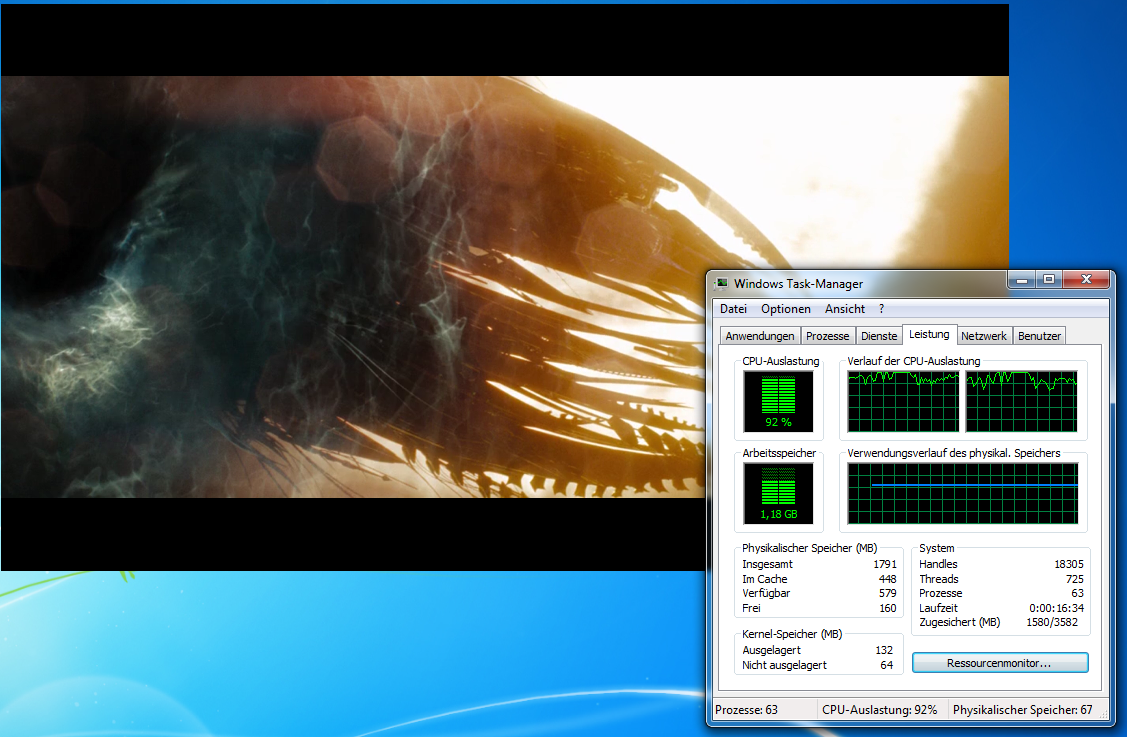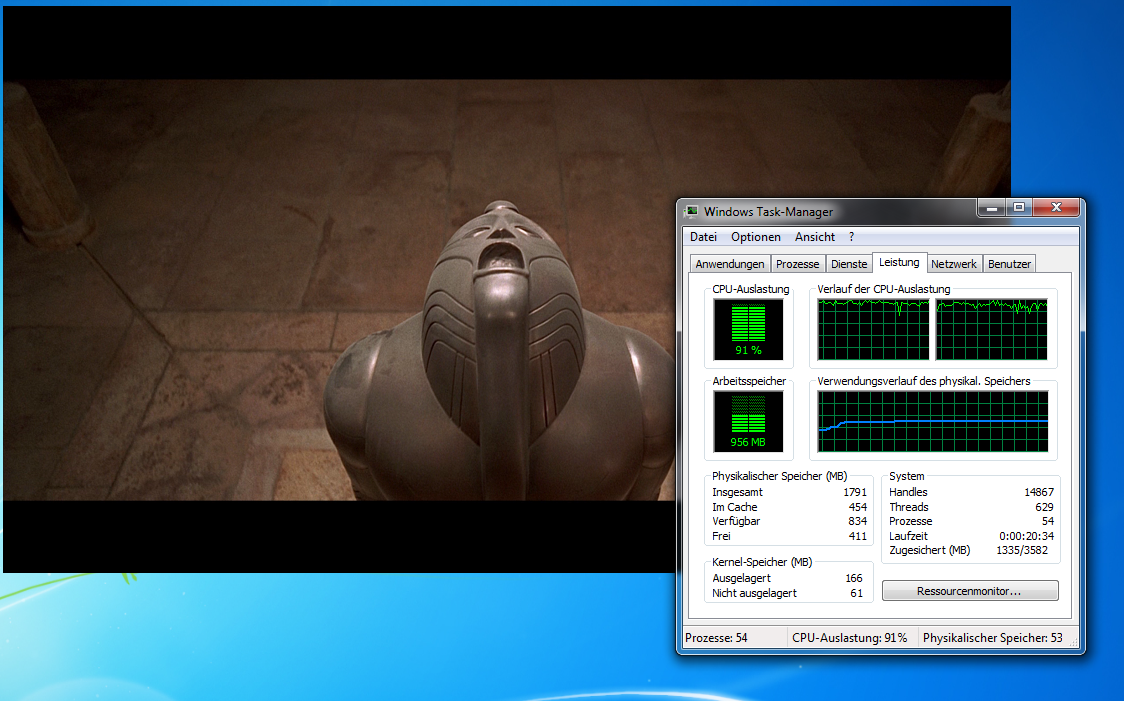Good Things In Small Packages: Seven Nettop Platforms, Tested
It'd be easy to dismiss nettops as underpowered attempts at miniaturization, but they’re good enough for surfing the Web, writing emails, and watching some video. Today, we're comparing seven different platforms based on CPUs from Intel, AMD, and VIA.
Web Benchmarks, Video Playback, And Power
Web Benchmarks: Google V8, SunSpider, Kraken
Since nettops are implicitly designed as devices used to connect to the Web, our candidates need to prove their mettle in this discipline as well. The browser of choice for this round of tests was Google's Chrome 17, which was current at the time of benchmarking.
| Header Cell - Column 0 | |||||||
|---|---|---|---|---|---|---|---|
| Model | Zbox ID82 Plus | Zbox ID81 Plus | Zbox ID80 Plus | Zbox Blu-ray 3D ID36 | Zbox AD04 Plus | Zbox nano AD10 Plus | Zbox nano VD01 Plus |
| Google V8 (v6): Overall | 7609 | 4138 | 2503 | 2126 | 2978 | 3279 | 2439 |
| Richards | 7509 | 4670 | 3583 | 2620 | 3915 | 4332 | 3883 |
| Delta Blue | 9766 | 7293 | 4152 | 3392 | 5719 | 4364 | 3729 |
| Crypto | 12594 | 6470 | 4179 | 3361 | 5742 | 5458 | 4637 |
| Raytrace | 10508 | 5817 | 2762 | 2319 | 3864 | 3401 | 3711 |
| EarleyBoyer | 18575 | 10480 | 5895 | 5261 | 4694 | 8194 | 5885 |
| RegExp | 2303 | 1266 | 769 | 672 | 828 | 900 | 706 |
| Splay | 3558 | 1222 | 790 | 801 | 1076 | 1576 | 496 |
| SunSpider v 0.9.1 | 350 ms | 556.0 ms | 983.2 ms | 1087.6 ms | 888.8 ms | 869.4 ms | 960.01 ms |
| Kraken v1.1 | 3856.3 ms | 6925.9 ms | 14402.9 ms | 16328.1 ms | 9768.0 ms | 10970.7 ms | 13717.3 ms |
Setting aside the Sandy Bridge-based siblings and concentrating on the more purpose-built nettop platforms for now, we can see that the Zboxes built around AMD's APUs make the speediest surfing machines, outperforming Intel's Atoms in every single discipline. Even VIA's Nano X2 is surprisingly strong.
As a side note, Google's V8 (version 6) generated some inconsistent results over various runs. Kraken and SunSpider, on the other hand, yielded practically identical results across runs on the same hardware.
Video Playback: H.264 and Blu-ray (VC-1)
Thanks to their compact form factor, sufficiently-capable nettops also tend to make attractive small HTPCs, with the obvious prerequisite being an ability to play videos back smoothly. Fortunately, it's not difficult for a modern machine to deliver smooth DVD playback. So, we decided to test using an H.264-encoded MKV file at 720p, along with the Blu-ray version of The Fifth Element encoded with VC-1. Playback was handled by Arcsoft's TotalMedia Theatre 5, which we chose for its broad support of hardware acceleration.
The good news is that all of our test candidates are able to play back the H.264-encoded movie at 720p, though VIA's Nano comes close to hitting its ceiling with 95% CPU utilization. Testing under VLC doesn't help bring the Nano's workload down at all.
Get Tom's Hardware's best news and in-depth reviews, straight to your inbox.
Playing back our VC-1-encoded sequence was a different story, unfortunately. The Fifth Element proved to be too much for the aging Chrome9 engine, and the CPU couldn't handle the workload in software mode. Although the audio track came through perfectly, the picture would freeze for several seconds at a time, jump to a later frame, and then get stuck there. According to VIA, the VX900 chipset should sport hardware-accelerated H.264 and VC-1 decoding, so we're not sure if this is an issue of software support in the apps we used to test, or indeed the limits of VIA's hardware. At least H.264-based content was enjoyable enough to watch.
The remaining platforms had no problem playing back the VC-1-encoded file, thanks to their much more modern architectures and support for hardware-accelerated decoding. None of them exceeded a peak CPU load of 14 percent, usually staying well below the 10 percent mark.
Two interesting notes: First, even the pared-down version of Intel's HD Graphics found in its Celeron 857 handles high-bitrate video playback deftly, which is something we haven't always been able to say of the company's integrated GPUs. The PowerVR-based GPU in Intel's Atom D2700 isn't nearly as desirable, and there's a good reason most companies augment it with a dedicated GPU. Although it supports hardware-accelerated decode, software support for it is sorely lacking.
Power
One of the reasons these platforms are allowed to get away with such modest (albeit often-adequate) performance is that they promise low power consumption in return. The question is, how low do they really go? We measured power draw at the wall socket using three scenarios: an idle Windows desktop, running Prime95's torture test on all cores, and playing back the H.264-encoded file using Arcsoft's TotalMedia Theater 5.
| Nettop Platforms: Power Consumption (in Watts) | Idle (Windows 7 Desktop) | Load (Prime95 x Core) | Video Playback (H.264, 720p) |
|---|---|---|---|
| Zbox ID82 Plus(Intel Core i3-2330M) | 16.7 | 45.2 | 22.9 |
| Zbox ID81 Plus(Intel Celeron 857) | 14.5 | 26.5 | 18.8 |
| Zbox ID80 Plus(Intel Atom D2700) | 21.7 | 26 | 28.9 |
| Zbox Blu-ray 3D ID36(Intel Atom D525) | 27.1 | 30.1 | 31 |
| Zbox AD04 Plus(AMD E-450) | 12.7 | 23.2 | 18.3 |
| Zbox nano AD10 Plus(AMD E-350) | 11.7 | 21.5 | 19.4 |
| Zbox nano VD01 Plus(VIA Nano X2 U4025) | 22.4 | 39.3 | 35.3 |
The first thing you'll notice is that the two highest-performing chips boast remarkably low idle power. There's a good explanation for that, though, as the two Sandy Bridge-based parts are the only chips from Intel that don't require the assistance of a discrete GPU.
Also, the Atom processors seem to belie their low-power pedigree. The Atom D525-based platform actually draws more power than VIA's Nano X2, which is a much older design. That's not just due to the add-in GPUs used in those machines, either. The other thing you need to know about Intel's desktop-oriented Atoms is that they don't support SpeedStep, meaning they don't reduce their clock speed and always run at their full operating frequency. While the Nano X2 is able to throttle down during idle periods, that doesn't really help much compared to the more modern competition (aside from the Intel chips).
Under full load, the Core i3-2330M draws power in line with its performance, and once more, the Atoms don't look too great. The AMD systems are more frugal. Then again, they're only exposing two threads instead of the Hyper-Threaded dual-core Atom design that enables four. Once again, high power consumption gives away the Nano X2's age and larger production process.
Of course, we measured each system's power consumption, meaning that all components, from the Wi-Fi module to the add-in USB 3.0 controller, factor into the final result. As such, our measured values apply only to these configurations. A different combination of hardware would have yielded different results.
Current page: Web Benchmarks, Video Playback, And Power
Prev Page Audio And Video Conversion, Rendering, And Photoshop Next Page Seven Compact Solutions For The Nettop Niche-
falchard I think this review is bias. Its missing the AMD small form factor benchmark. Any game.Reply -
A Bad Day JOSHSKORNIn all honesty, when it can run Crysis...I'll be impressed. Until then...alrighty.Reply
Well, if you run it in:
-320p resolution
-Directx 8
-All eyecandy off
You'll get around 5-10 FPS. -
bavman These things suck. Why would you dish out the $300-400 theyre asking for them? I recently built a file server that was basically a dumbed down tower with an g620 cpu, 4 gigs of ram for under $200 (excluding all the hdds). Throw in a $50 graphics card and it would dominate any of these nettops.Reply -
friskiest bavmanThese things suck. Why would you dish out the $300-400 theyre asking for them? I recently built a file server that was basically a dumbed down tower with an g620 cpu, 4 gigs of ram for under $200 (excluding all the hdds). Throw in a $50 graphics card and it would dominate any of these nettops.Reply
You pay for the size, power and niche factor in here,.. these are Nettops,.. you're not supposed to play AA or AAA games in here,. just browse the net,. watch movies and listen to music- as implied
-
Nintendo Maniac 64 What I really want to see is a nettop using AMD's 17w A6-4455M. Being a Trinity APU, it actually WOULD have enough grunt to run Crysis, and without it looking like crap to boot!Reply -
molo9000 Shame these still aren't good at H.264 decoding. They would make great HTPCs.Reply
The hardware decoding of the VIA chipset would be a killer feature, if there actually was some software that supported it. Seems like XBMC doesn't support it either. -
daglesj I rolled out a load of Ion 330 Asrock boxes a couple of years ago for business use. Customers still love their little black boxes. These were the early 1.6Ghz dual core Atoms.Reply
For work use (basically 95% of what 95% of the worlds computers users actually do in the REAL world) they work great.
There is more to life than endless benchmarking and Crysis.

